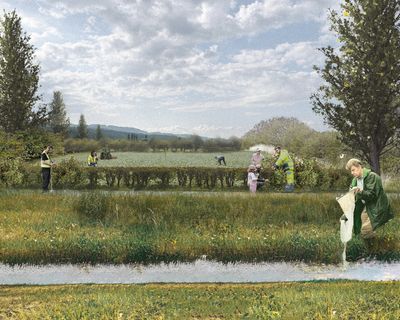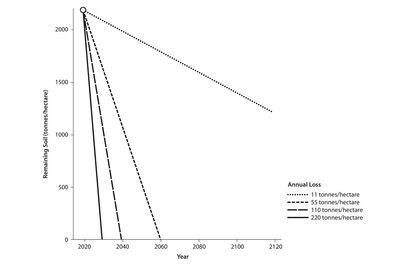Soil as Public Good: Restorative Commoning in the Fertile Valleys of GlattalEce Emanetoglu and Nadia Nika

Humans have sown, harvested, used, extracted, replaced, surveyed, fertilized, polluted, consumed and oppressed the soil throughout existence. This scarce matter that holds the whole life of the Earth in its pores is containing undiscovered relationships of the life cycles on every scale.
Meanwhile, the soil is a quilt covering the land to be commodified and distributed for profit—added value. Even though we are more aware of the scarcity of soil today, compared to water and forest protection, protective measurements are lagging. This reveals the value assessed to the soil in Switzerland.
However, from the regenerative viewpoint, every soil is valuable enough to be maintained and healed. On the other hand, land management conduces toward the perception of the soil as private property. Is there a way to shift the mindset of soil from being a layer on top of private property to being perceived as a 50 cm deep quilt of public good?
“Imagine a fertile Mollisol endowed with 2,200 tonnes of topsoil per hectare that is losing soil at the world’s average erosion rate of 13.5 tonnes each year and producing it at one-fortieth of that pace. Crop productivity would be affected within decades, and the topsoil—the fertile O and A horizons—would run out in about two hundred years. If erosion accelerated to 55 tonnes per hectare annually, the land would be devoid of topsoil in forty years. At 220 tonnes per hectare, this Mollisol would go extinct within a decade.” : Jo Handelsman. A World Without Soil: The Past, Present, and Precarious Future of the Earth Beneath Our Feet. 2021.
All images are taken by Ece Emanetoglu & Nadia Nika unless mentioned otherwise.
